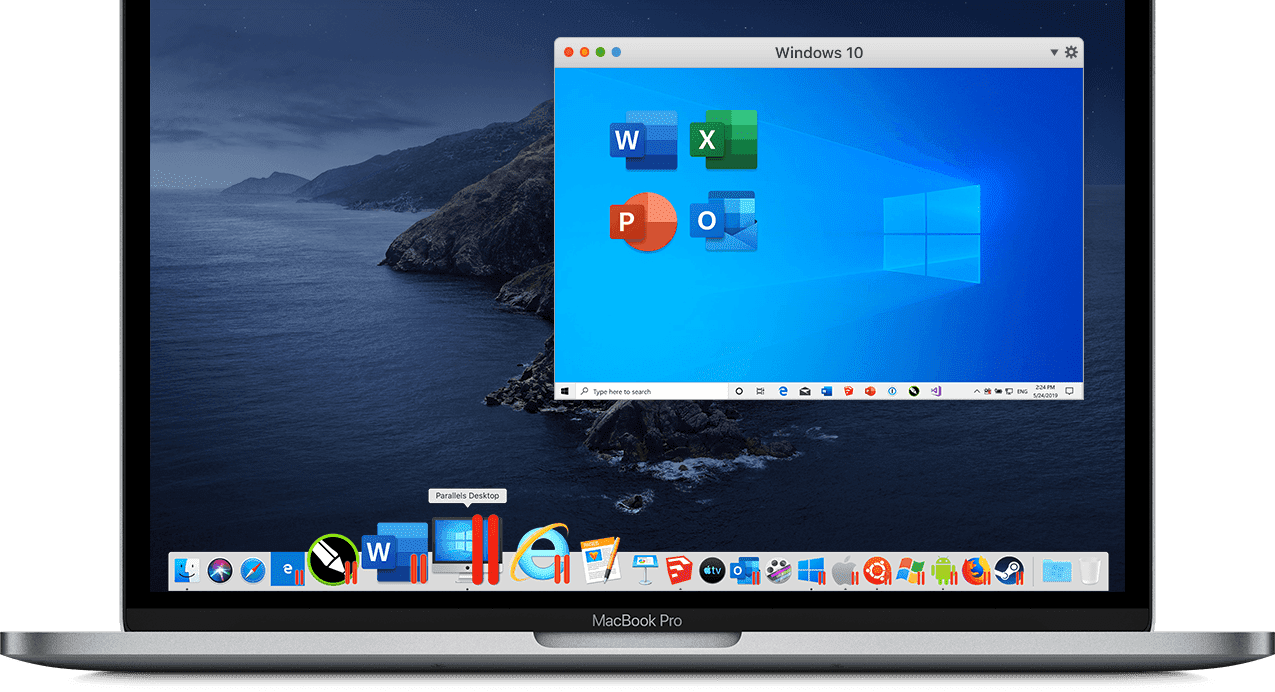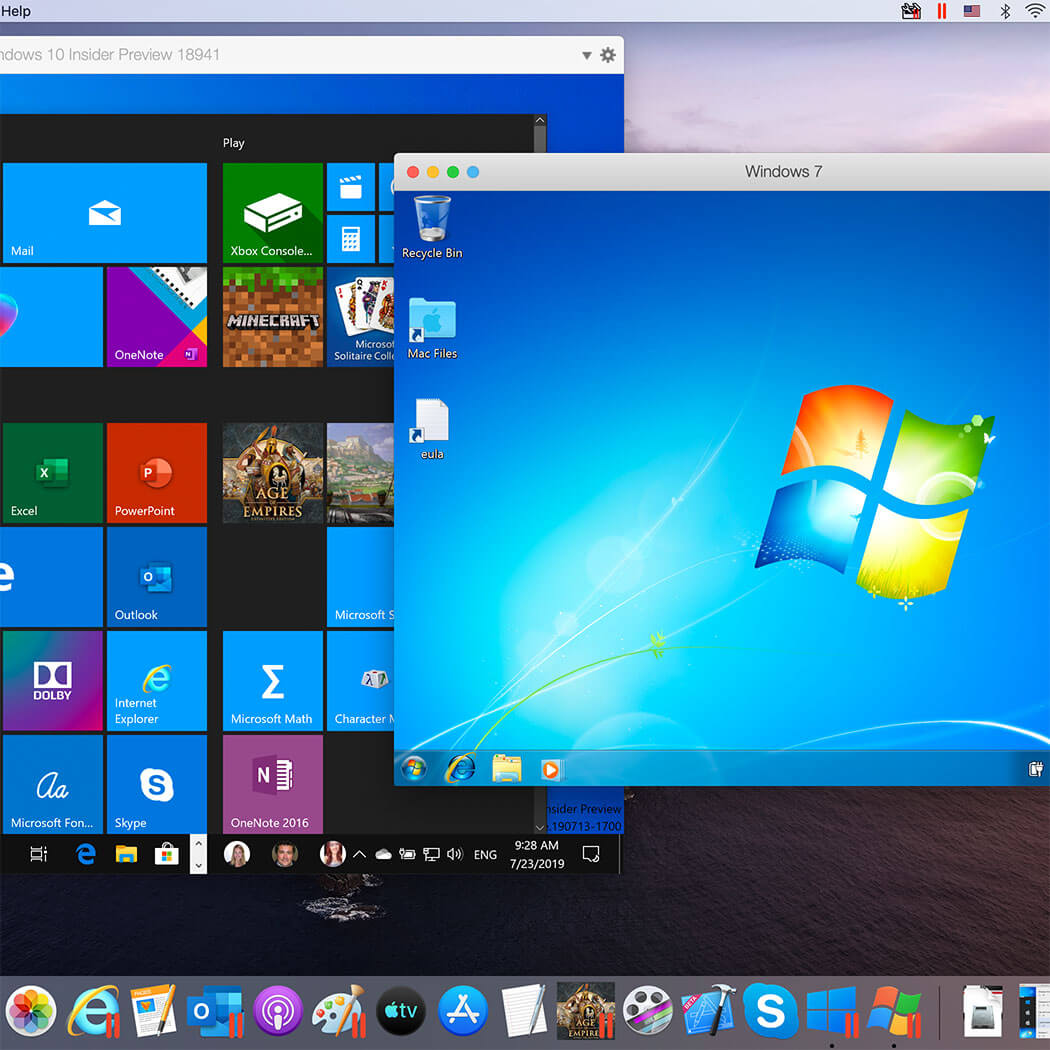

You’ll be asked to confirm that you want to delete the VM and send all of its associated files to the Trash. Right-click on the VM you want to eradicate and select ‘Remove ’, as shown below.ĥ. You should now have a list of the VMs you have installed on your machine. The easiest way to do this is by doing a Spotlight search (command + space bar) for ‘Parallels’.Ĥ. Open the Parallels Desktop Control Center. (If it’s a Windows VM, Start button > Shut down will do the trick.)ģ. Don’t just pause it, but properly shut the thing down.

Before you do anything, you should have a quick double-check to make sure there are no files or anything else that you’re going to need from that VM, because once it’s gone there’s no way of getting stuff back.Ģ. Here are the step-by-step instructions:ġ.

The good news is it’s very simple to delete a Parallels virtual machine – it’s just not immediately obvious how to do it. So, when a VM has served its purpose and it’s time to reclaim a swathe of gigabytes, how do you delete a Parallels virtual machine? Delete a Parallels VM If, like me, you use Parallels Desktop to test out all sorts of operating systems, you’ll soon find yourself with an unhealthy collection of disk-space munching virtual machines.


 0 kommentar(er)
0 kommentar(er)
